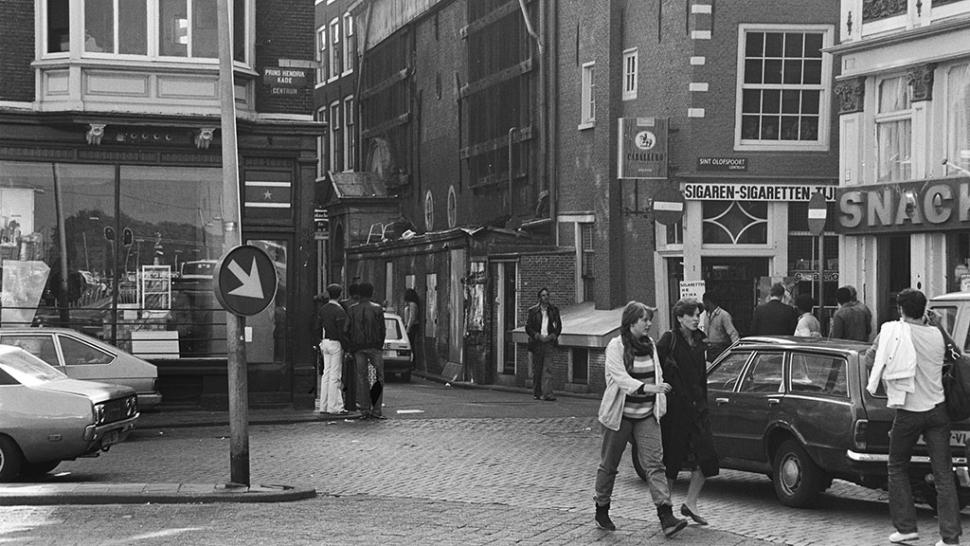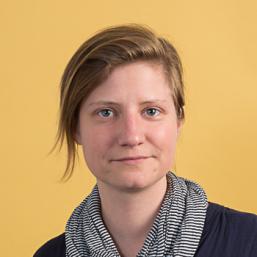
Tourists are the new junkies
Since the beginning of January, the Netherlands is president of the Council of the European Union, with representatives of the 28 EU nations coming together to meet on the Marineterrein in Amsterdam. But what sort of city will welcome them? Is Amsterdam really the tolerant haven it has a reputation to be, where anyone can be who they want? What is going right in the city, and what could go better? Scientists from Amsterdam give their opinion.
When we think of Amsterdam, we think of drugs and sex available on the streets to buy and consume without fear of arrest. We might think of squatting a building you can’t afford rent, and of walking the streets dressed as a drag queen without anyone blinking an eyelid. Amsterdam equals freedom and tolerance, the latter virtue is to be upheld in the highest regard.
Right? Well… sort of. But there are some weighty side notes to consider if we want to portray an accurate image of the Dutch capital, as becomes all too clear after reading the book of essays EU@Amsterdam, published by Amsterdam University Press on the occasion of the city’s presidency of the EU council. The book, put together by Virginie Mamadouh and Anne van Wageningen, includes essays written by over sixty scientists and policy makers as they discuss the concept of a European city, and especially Amsterdam, from their many different disciplines and viewpoints.
‘Thanks to its tolerant environment, Amsterdam has grown in the past centuries to be a multicultural city. There are currently about 800.000 people living here, people from over 180 different countries. It is the only place in the world where so many different cultures live besides the others,’ reads the website of the local authorities.
Freedom and tolerance
Nothing new there, then. Baruch Spinoza, the famous Dutch philosopher, had already praised Amsterdam for its freedom in the 17th Century. The philosopher, who was born in Amsterdam, regarded freedom as an important condition for ethics and politics, writes UvA Professor of Film Science and director of the Amsterdam School for Cultural Analysis, Patricia Pisters. Her contribution Oog voor vrijheid: Spinoza en Terstall in Amsterdam draws parallels between Spinoza and his modern day, fellow-townsman, director Eddy Terstall. Both view Amsterdam as an ‘example of a city that shows how freedom and tolerance can bring prosperity and form a healthy community.
Both also agree that freedom comes with certain conditions. Spinoza remarks that, ‘it is impossible to keep peace when people are not prepared to contain parts of said freedom, to make sure no one else suffers from it’. Differences in opinion, with other people as well as the state, should, Terstall believes, be discussed, but such discussion should be inspired by rationality and not by lies, anger, hatred or other negative emotions that do not lead to constructive thoughts. Being able to sympathise with the feelings of others is just as important within Spinoza’s philosophy. Political conflict And this is exactly where it goes wrong sometimes, according to Thijl Sunier. The VU Professor of Anthropology of Religion has researched the way houses of prayer in Amsterdam, such as temples, mosques or synagogues, came to be in the past 350 years. And it wasn’t always plain sailing. ‘The position of religious minorities in society is not at all guaranteed,’ he writes. ‘It is the result of a political conflict and hasn’t got much to do with tolerance as some sort of transhistorical quality of being an Amsterdam citizen.’ Houses of prayer were, according to him, just as we see today, often the target of hate and intolerance. ‘The presence of people with another religious beliefs was put up with because it was economically advantageous to have them live within the city walls, but not because there was any understanding for their way of living.’

According to Sunier, this applies to both the Golden Age as well as when the Dutch Republic was a shelter for people who would be prosecuted elsewhere in Europe because of their religious backgrounds. It also applies to the second half of the 20th Century, wherein the image of Amsterdam as frontrunner of a tolerant, Dutch, political culture that was welcoming towards religious newcomers, became increasingly mainstream. The city was known then for its open attitude towards anyone who had a different way of living. But is it still?
The liberal Amsterdam of the sixties is long no more. Prostitution is being pushed back into the darkness, and the number of coffeeshops in the city had been dropping for years. As of 2010, Amsterdam now also had a ban on squatting. Jaap Draaisma, director of Urban Resort, a company that has twelve ‘breeding grounds’, starts his essay on the 25th of March 2015, the day that The Snake, the infamous squat behind the Dam Palace, was cleared together with twelve other buildings. ‘The last part of Alternative Amsterdam disappeared from the centre of town,’ says Draaisma, who thinks new breeding grounds are needed to keep the city moving forwardin a creative, open way.
Educated people
UvA Professor of Economic Geography and Planning, Robert Kloosterman, also speaks of the beschavingsoffensief, or ‘attack on civilisation’ over the past thirty years, in his essay. He uses the Zeedijk as an example: ‘In the eighties [the Zeedijk] was known for hookers offering their services, druggies from Suriname, being ultra cold during the winter, cocaine-users hiding under store frontages to get their fix, broken car windows and noisy fights, sometimes settled with violence.’
Nowadays, there’s not much left of those all too visible subcultures on the Zeedijk or elsewhere in the city. Since the beginning of the nineties, Amsterdam changed from being a city with a large number of labourers to a city inhabited by highly educated people. Along with the educations came the accompanying increases in rents and property prices. Instead of junkies and homeless people, the Zeedijk is now filled with tourists. ‘In 2000, about four and a half million foreign tourists came to Amsterdam. In 2009, there were nine million of them.’ Hotels, international chains, cute vintage shops and expensive coffee bars have popped up all over the city centre – are we happy with this?
This commercial success has a downside, according to Kloosterman. He is worried about the city’s creativity, innovation and diversity, and the fact that it might be slowly drained away. Affordable spaces, he thinks, are essential for a city’s growth: ‘New ideas are made in old buildings. New initiatives still have to prove themselves worthy and depend on cheap rents to be able to afford to survive.’ A ‘fully tamed city,’ as Kloosterman puts it, is not just boring, but also stiffening. Therefore, it is also, ultimately, damaging. Just like Draaisma, however, Kloosterman still can spot opportunities to slow the stiffening: using space in Amsterdam- Noord for example, or by ‘making use of pop-up spaces in former shops, schools, office buildings or other buildings. There could be more flexibility in our use of time and space. But this would require serious changes in rules and also in the mentality of policy makers and residents.’ It requires, in other words, a little more flexibility and tolerance. But even Spinoza knew that such ideals are far from easy reach.

